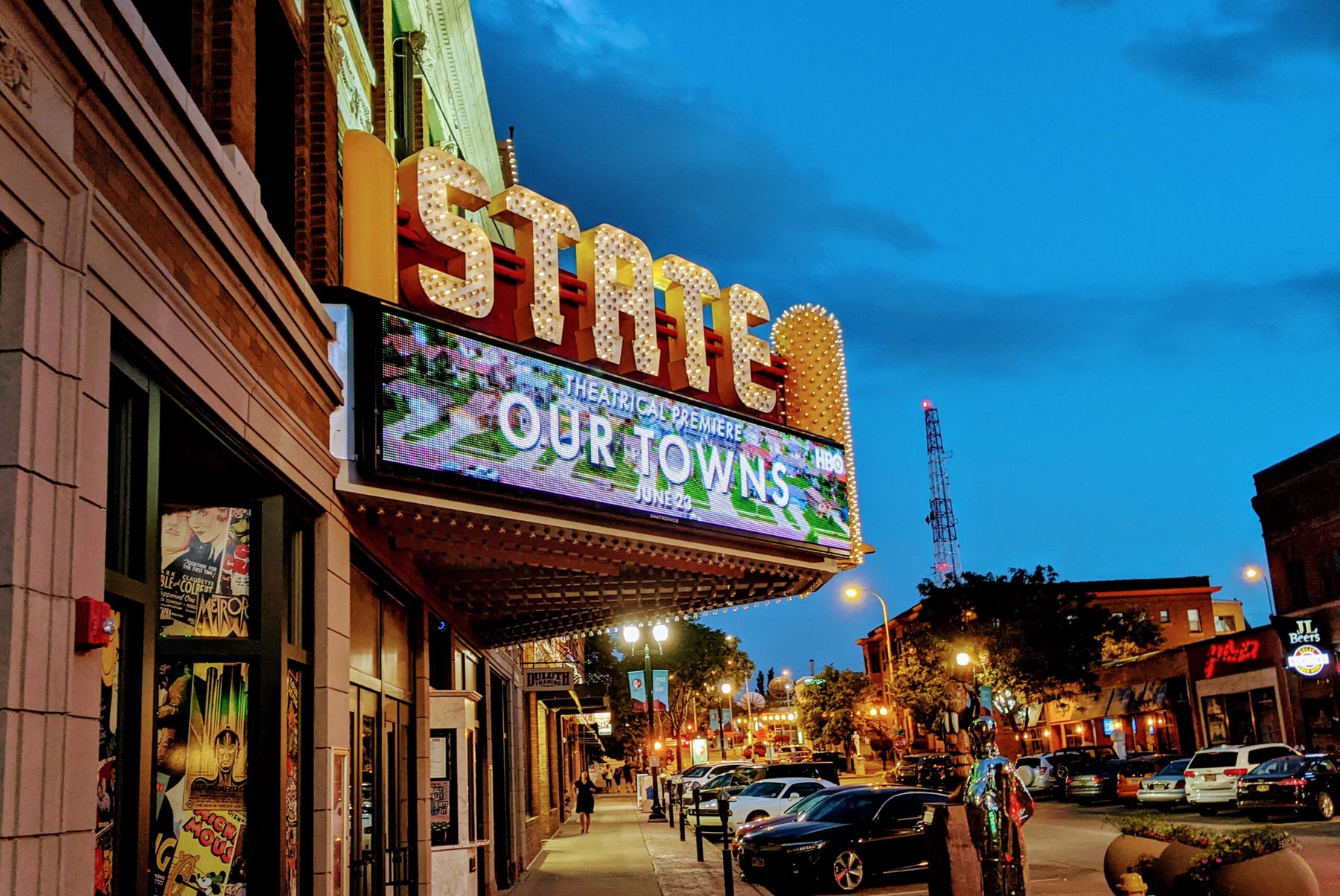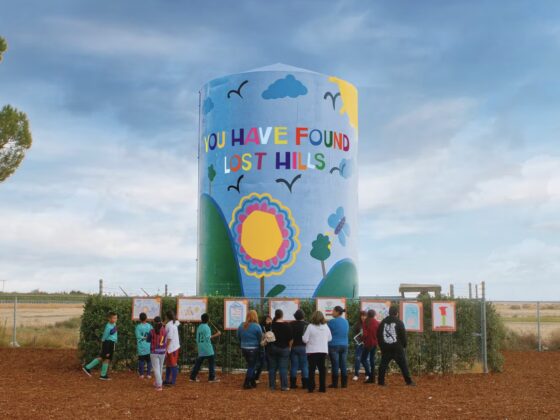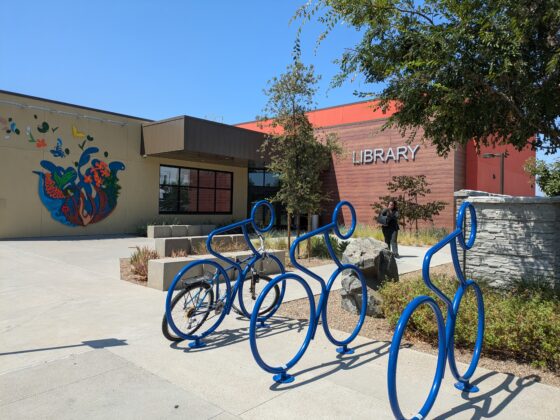For the past two weeks, Deb Fallows and I have been in South Dakota, seeing several new (to us) places and revisiting the site where we began this series of chronicles eight years ago.
On this visit we were at the 2021 session of RuralX, a multi-state gathering of people from farms, smaller communities, and rural areas throughout the nation, sponsored by the highly innovative Dakota Resources. The in-person part of what was a multi-state virtual conference was held in the tiny-but-developing town of Hartford, South Dakota, and headquartered at Buffalo Ridge Brewing there.

Then we spent several days in Watertown, South Dakota, site of arguably the most successful community college-style technical training institution in the country: the Lake Area Technical College. (Who says it’s the most successful? The Aspen Institute did, in naming Lake Area the winner of its $1 million “Aspen Prize for Community College Excellence” in 2017. Barack Obama made similar points, when he took Air Force One to Watertown to deliver the Lake Area commencement address in 2015.)
Next we spent several days in De Smet, known to the world as the site of Laura Ingalls Wilder’s homestead and related structures and events, and known to us as the locale of an important new experiment in the viability of community newspapers.

Finally this past week we were back in the regional megalopolis of Sioux Falls, for the first-ever in-theater showing of HBO’s Our Towns film, at the newly renovated and re-opened State Theater on the bustling Phillips Street corridor downtown. The film’s producers, Steven Ascher and Jeanne Jordan of West City Films, came from Boston to see their creation for the very first time on a big screen, and the city’s mayor, Paul TenHaken, led a discussion with the four of us after the showing.

At this stage in our journeys–eight years in, with a book and movie and many hundreds of posts behind us–we’re not traveling just to travel any more. You could spend the rest of many people’s lifetimes learning the civic histories–the disappointments, the possibilities, the dramas–of communities around the country. In a book I wrote after living in China, China Airborne, I quoted the Irish-born entrepreneur Liam Casey, who had lived in Southern China for many years. Every day he was there, Casey said, he felt he knew half as much about China as he did the day before. That was not because his own awareness was decreasing. It was because he grew steadily more conscious of how much more there was to learn.

So it is with the nature of our country. Deb and I are now traveling, for causes related to our new foundation, to learn specific lessons from one town that might be applied, adapted, or improved elsewhere. That was the theme connecting these cities and organizations across South Dakota: What Hartford (and the larger Dakota Resources cause) shows about feasible strategies for smaller-town America. What Watertown and Lake Area Tech show about “new economy” opportunities that might offset the polarizing tendencies of today’s economy. What De Smet shows about possibilities for local journalism. What Sioux Falls shows about successes and setbacks in attracting and absorbing immigrants and refugees. What South Dakota as a whole shows about regional patterns of opportunity, rural/urban divides, and mobility of all sorts.
Those will be the themes in the next series of from-the-road installments.
To get us started, here is a YouTube video that was the genesis of the ongoing local-journalism experiment in De Smet. Its details are specific to the neighboring small towns of De Smet and Lake Preston in South Dakota, but its themes and insights apply across the country. It is narrated by De Smet’s Tim Aughenbaugh, who is a veteran entrepreneur in the area.
Next up: What we learned in De Smet and elsewhere in South Dakota that might provide clues for local-journalism efforts in the rest of the country.




